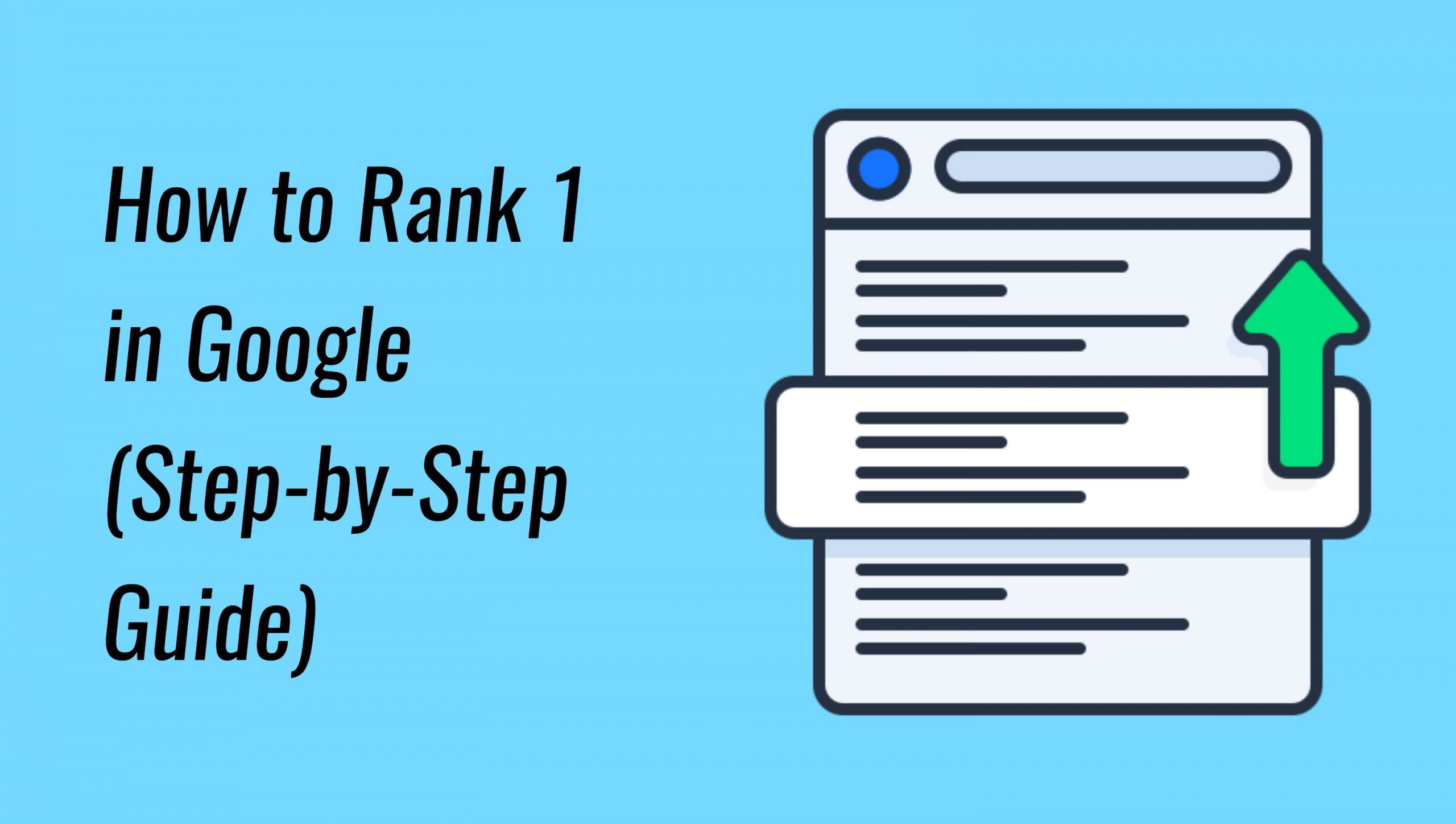How to Rank 1 in Google (Step-by-Step Guide)

How to Rank 1 in Google
Have you ever wanted your website to make it to the top of Google’s search results but never quite made it? Might be because it’s not just luck— but also about having a clear strategy.
In this blog, I’ll explain to you the key steps of how you can make your website rank at the top. With this, let’s begin your journey to the top of Google!
1. Find the Right Keywords
Start by understanding what people are actually searching or looking for. For this, you can make in use of a tool like – SEMrush or Google Keyword Planner. Choose keywords that are searched by lots of people but aren’t too competitive.
2. Improve On-Page SEO
Once you’ve chosen your keywords, use them naturally on your website content. Put them in your page titles, headings, and the text itself. Google likes when your content matches what people are searching for.
3. Mobile and Desktop Responsive
Everyone’s browsing on their phones nowadays. So, make sure your website looks good and works well on both mobiles and computers.
4. Improving Page Loading Speed
No one likes to wait, neither do you, right? So, a slow-loading website is a big no. Use tools like – Google Page Speed Insights to make sure your pages load fast. This means using smaller image files, avoiding too much fancy stuff that slows things down, and making sure your site runs smoothly.
5. Create Quality Backlinks
Think of backlinks as recommendations from other websites. When good websites link back to yours, Google sees your web content as trustworthy. Try to get mentioned on other sites or blogs related to what you do.
6. Keep Your Content Fresh
Google loves websites that are always updated with new stuff. Whether it’s new blog posts, fresh info, or cool ideas, keep your site lively. This shows Google you’re serious about giving people helpful content.
7. Local Search Optimization
If you have a local business, let Google know. Claim your Google My Business listing, use local keywords in your content, and ask happy customers to leave reviews. This helps you show up in local searches.
8. Adapting to Algorithmic Changes
Google likes to switch things up with its rules. Keep up with these changes by reading about SEO news and adjusting your strategy. It’s like being flexible and ready for whatever Google decides.
9. Analysing Competitors
See what others in your field are up to. Check which keywords they use, where they get their links from, and what kind of content they post. Learning from them can give you good ideas for your own SEO.
10. Prioritising User Experience
Lastly, make sure your website is easy and enjoyable to use. Smooth navigation, clear information, and a design that’s easy on the eyes matter a lot. Think of it like creating a nice and cosy space for your online traffic.
Follow these steps and keep at it! You’ll soon be climbing up the Google ranks and getting more people to visit your site.


